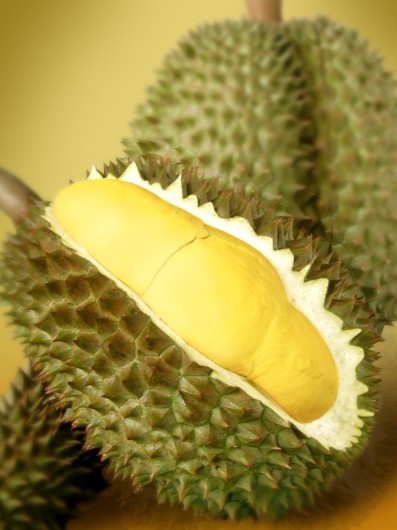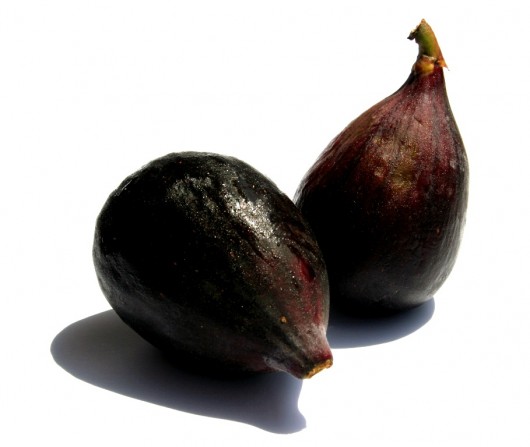Which Fruit Has The Most Carbohydrates?
What Are Carbohydrates?
Simply put, carbohydrates are sugars and starches. These molecules are formed by atoms of carbon, hydrogen, and oxygen and serve as a major source of food and energy for most living organisms. Carbohydrates are also the main structural component of individual cells, plants and arthropods. In most animals excess carbohydrates are stored as glycogen while plants store this energy as starch.
There are two main classes of carbohydrates, simple and complex. Simple carbohydrates include the sugars fructose, dextrose, sucrose and glucose. These sugars are found in everything from fruits to table sugar. Complex carbohydrates are found in cereals, fruits and vegetables, and breads. Another form of complex carbohydrate is fiber. Although not easily digestible itself, it aids in digestion and has been shown to lower cholesterol.
Simple And Complex carbohydrates
Simple carbohydrates have either one or two sugars and complex have three or more. A lot of simple carbohydrates are absorbed more rapidly by the body and can result in a spike in blood sugar. This is most often the case with highly processed or refined sugars like candy, soda, and table sugar. Better sources of simple carbohydrates include milk products and fruit.
It usually takes the body longer to break down complex carbohydrates resulting in a more stable level of blood sugar. Nutritionally, the best sources of complex carbohydrates are fiber rich fruits and vegetables, legumes and whole grains. The grinding and milling process removes most of the beneficial fiber from grains, so whole grain breads and pastas are preferred sources of complex carbohydrates.
The body needs carbohydrates for optimal functioning. They not only provide fuel for physical activity, but also for proper organ functioning. The brain and nervous system are particularly dependent on carbohydrates for fuel. However, a diet too high in carbohydrates, especially those from highly processed foods can lead to obesity and diabetes, while too few can result in malnutrition and loss of energy. The key to good health is maintaining a healthy balance.
Top Fruits For Carbohydrates Content
The amounts of Carbohydrates are given for 100g of each fruit.
1 Durian 27,10 g
2 Jackfruit 24,00 g
3 Banana 22,84 g
4 Blueberry 21,40 g
5 Fig 19,20 g
6 Pomegranate 18,70 g
7 Elderberry 18,40 g
8 Mangosteen 17,90 g
9 Blackcurrant 17,20 g
10 Grape 17,10 g
11 Mango 17,00 g
12 Lychee 16,50 g
13 Cherry (sweet) 16,00 g
14 Pineapple 15,10 g
15 Kiwi 14,66 g
16 Guava 14,30 g
17 Redcurrant 13,80 g
18 Apple 13,80 g
19 Passion Fruit 13,60 g
20 Tangerine 13,34 g
21 Cranberry 12,00 g
22 Raspberry 11,90 g
23 Orange 11,70 g
24 Plum 11,40 g
25 Apricot 11,20 g
26 Lime 11,00 g
27 Grapefruit 10,70 g
28 Pear 10,60 g
29 Gooseberry 10,20 g
30 Blackberry 10,20 g
31 Peach 9,90 g
32 Papaya 9,80 g
33 Mulberry 9,80 g
34 Lemon 9,30 g
35 Melon (Cantaloupe) 8,80 g
36 Carrot 8,20 g
37 Strawberry 7,70 g
38 Watermelon 7,60 g
39 Pumpkin 6,50 g
40 Tomato 3,90 g
41 Cucumber 3,60 g

